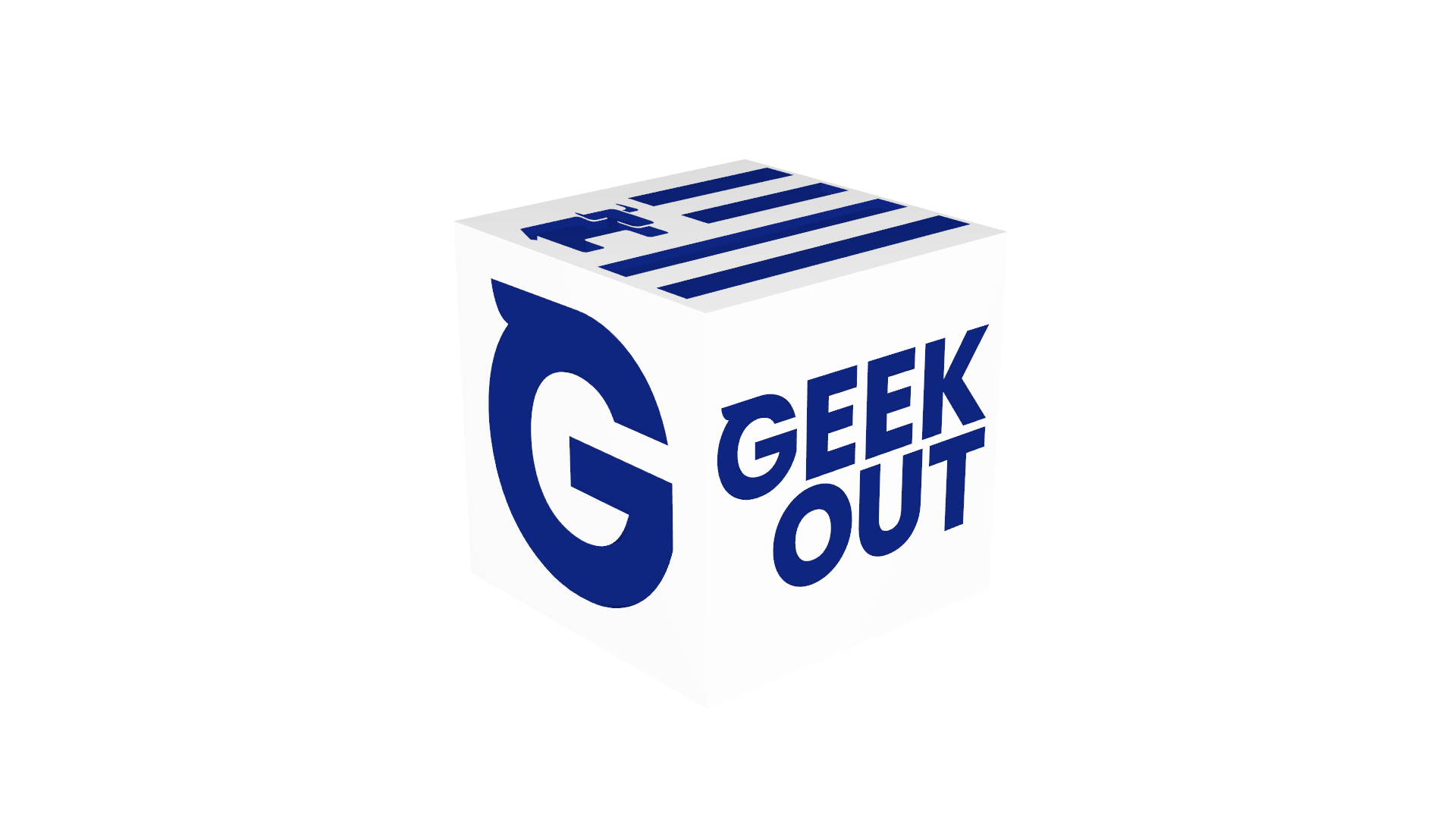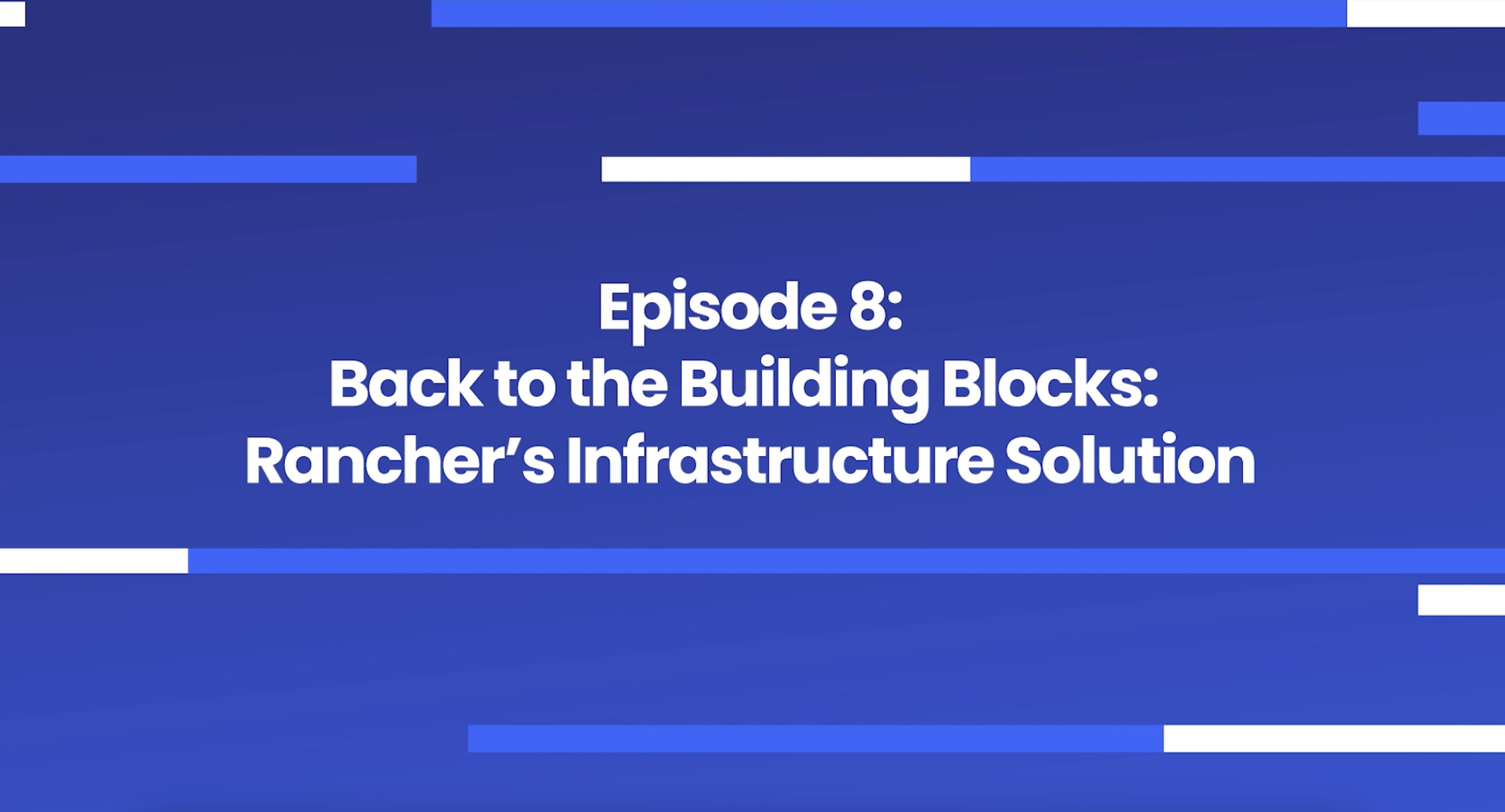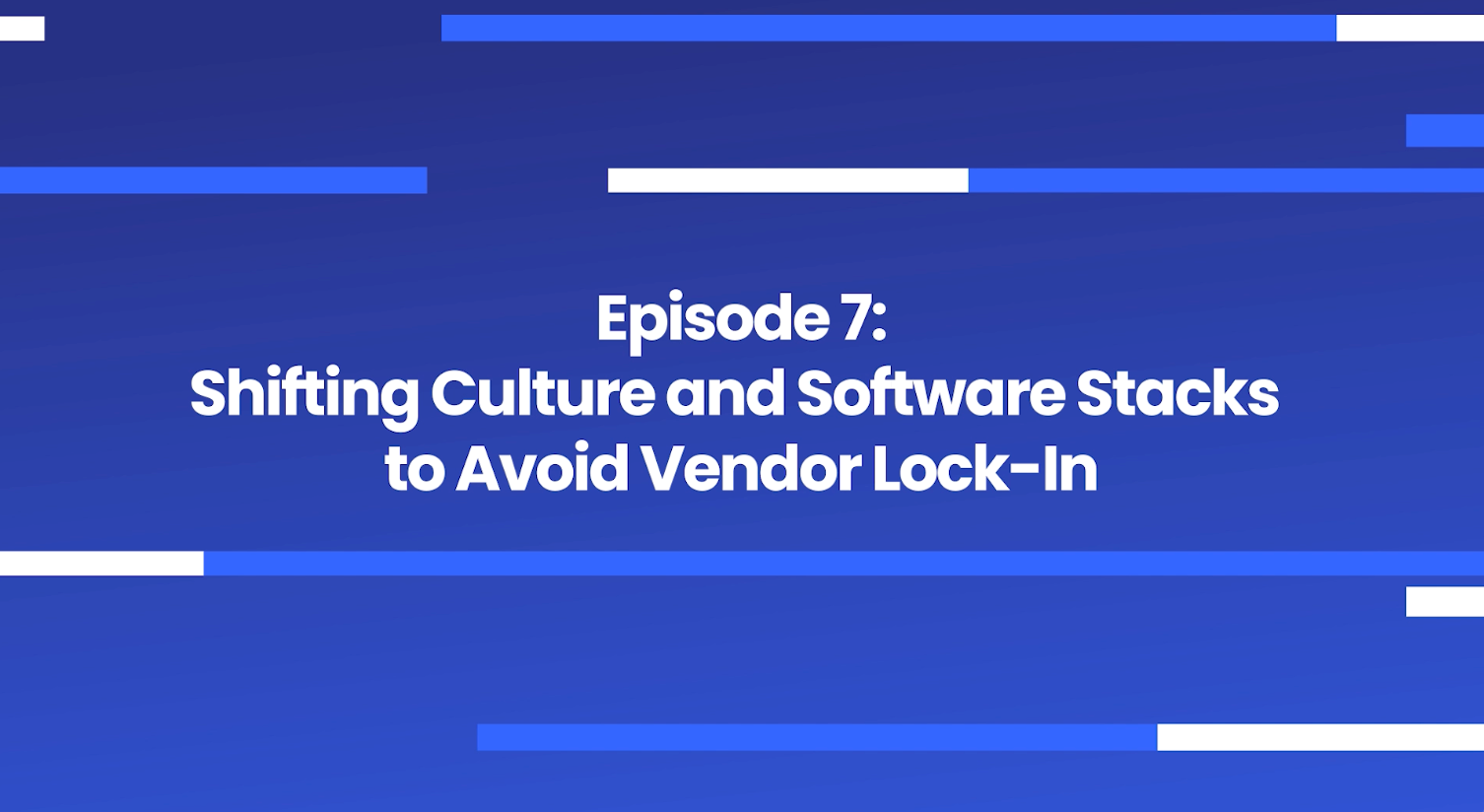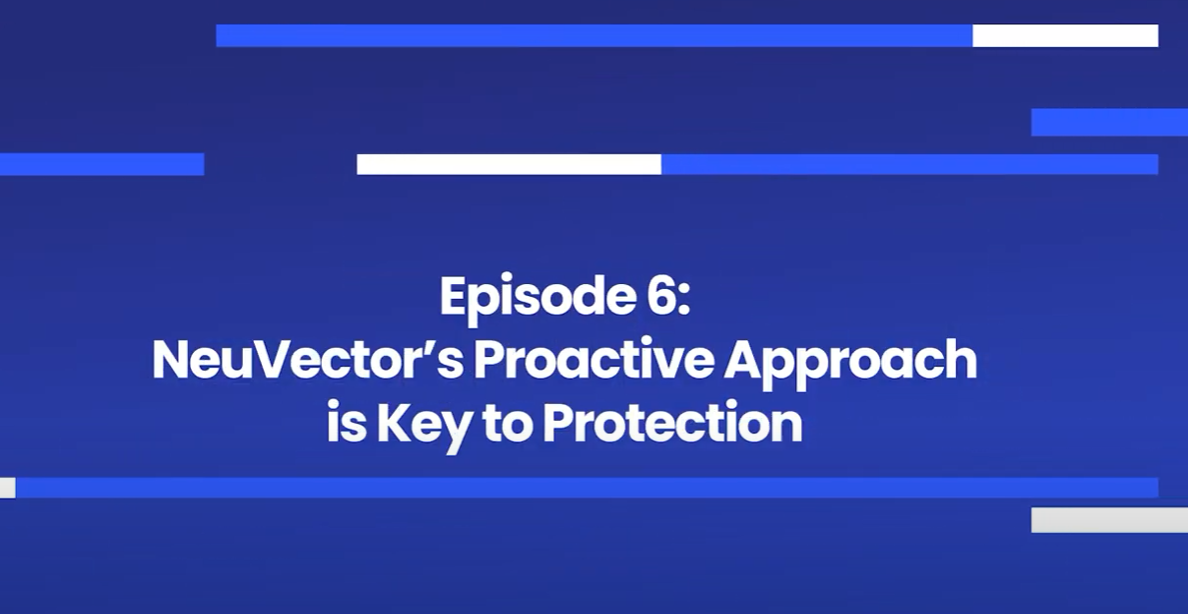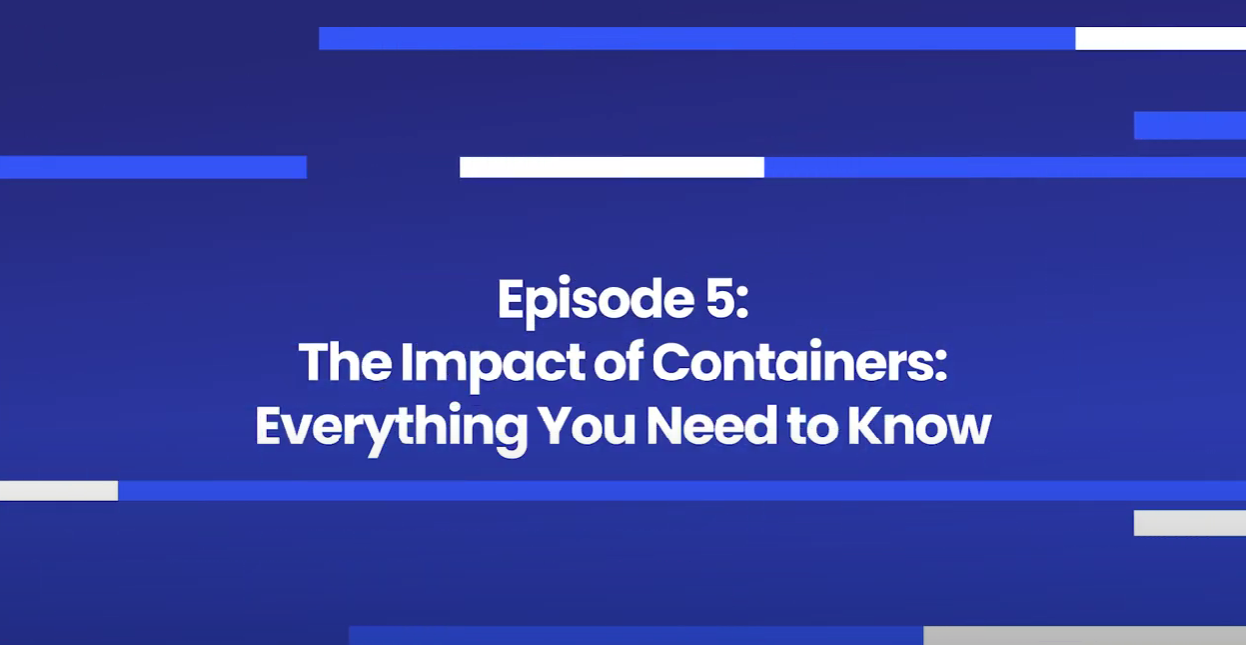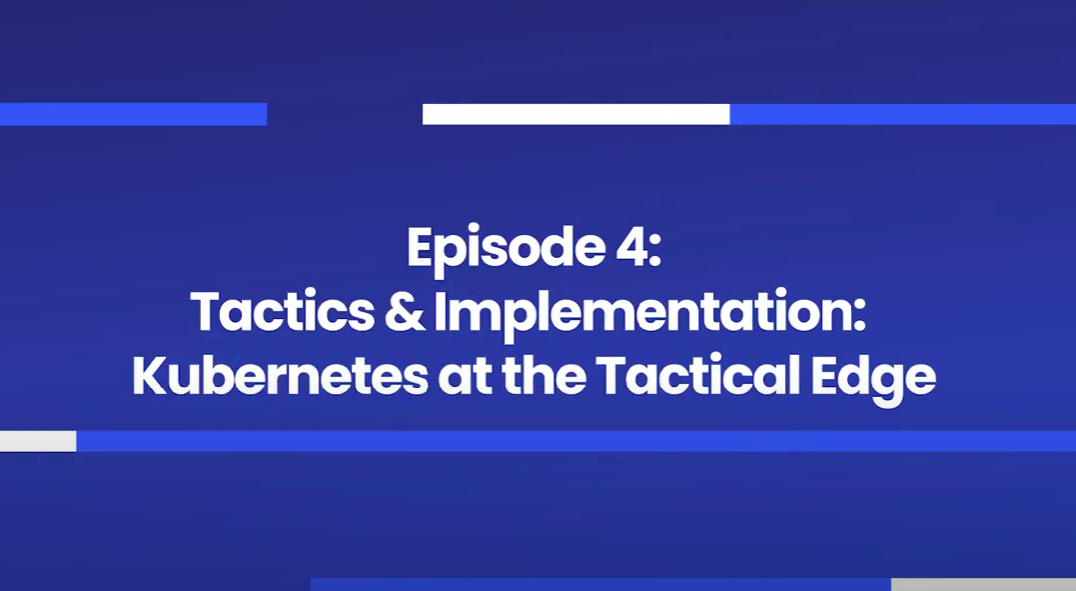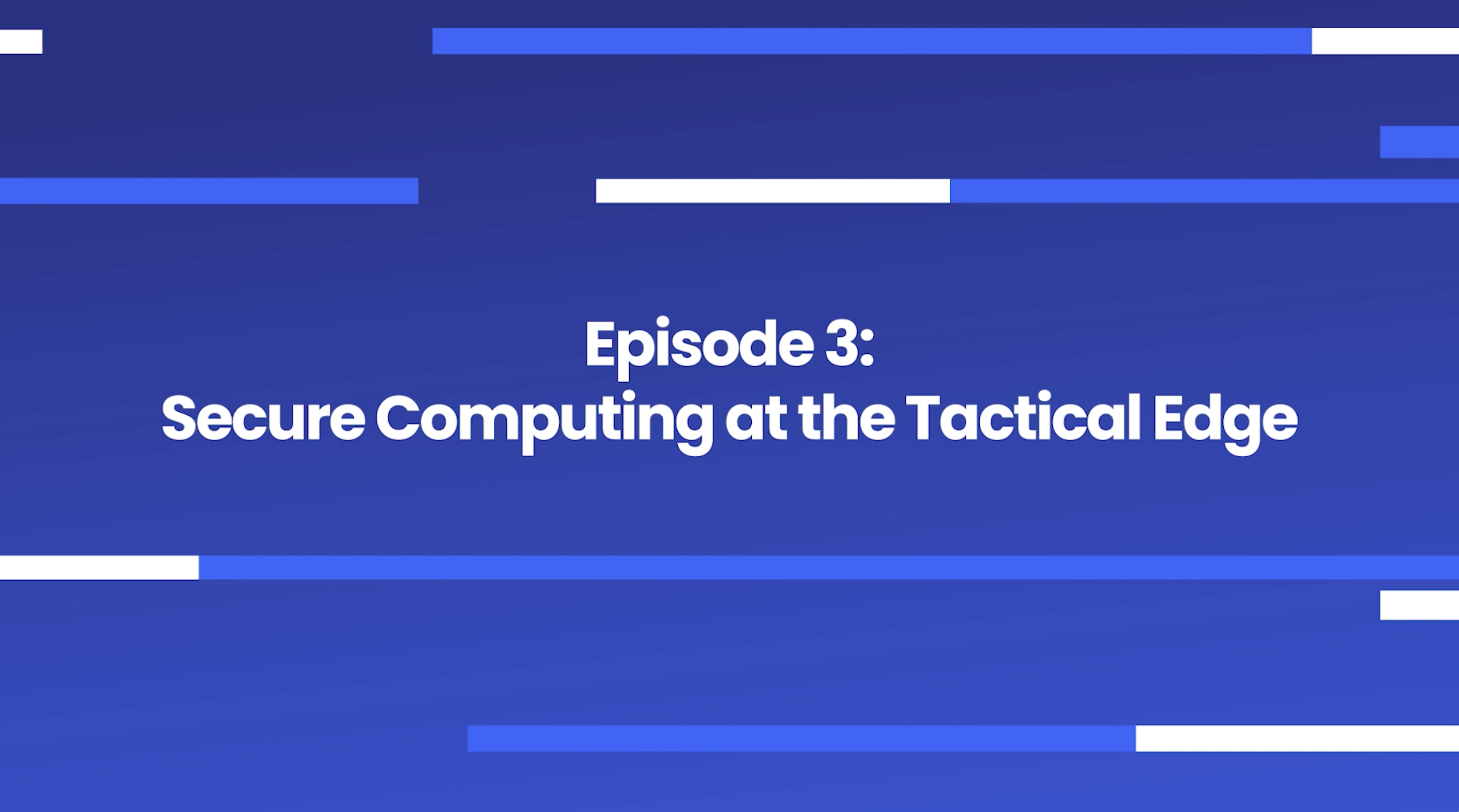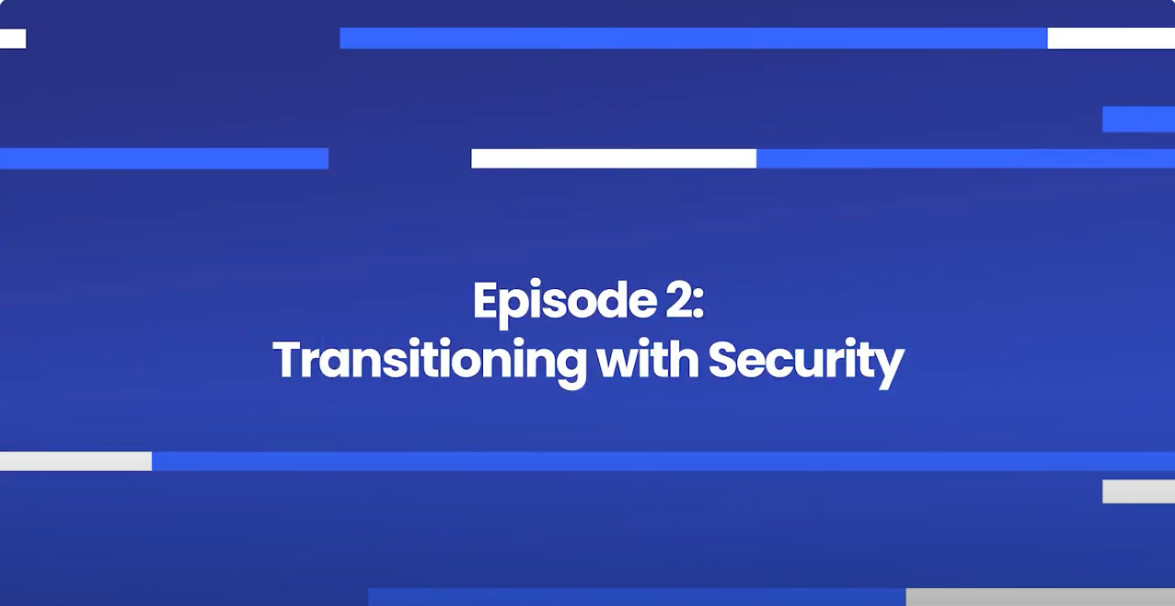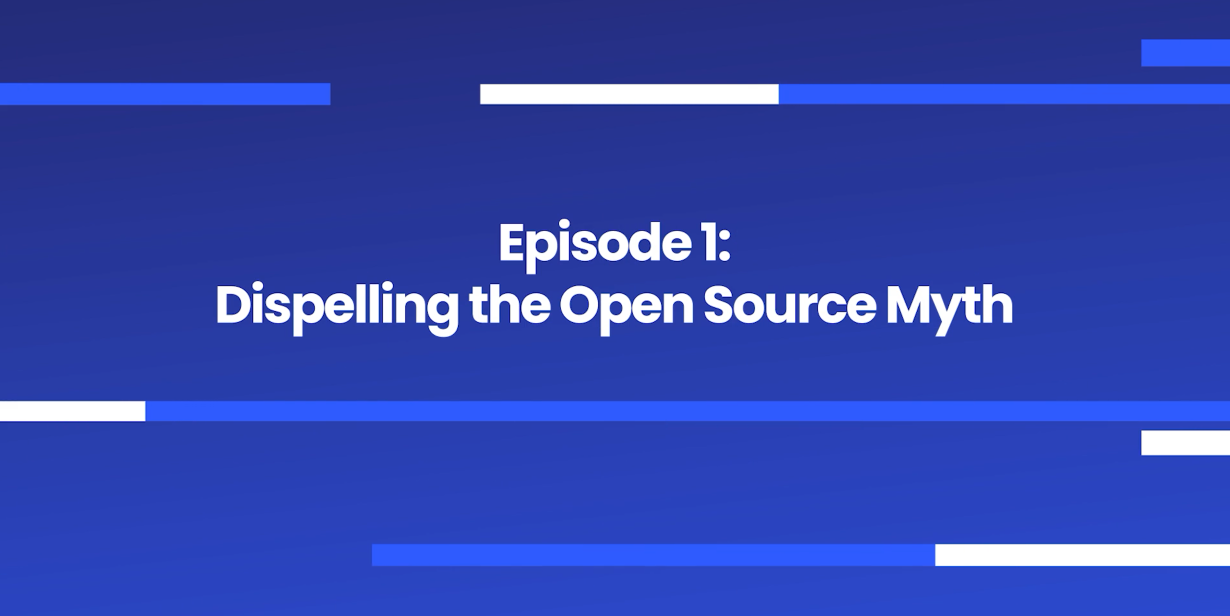Episode 8: Geek Out – Part 2. Mike D’Amato - Back to the Building Blocks: Rancher’s Infrastructure Solution
Welcome to episode seven of the Geek Out Podcast. Pete Tseronis, our host, discusses how Shifting Culture and Software Stacks to Avoid Vendor Lock-In with Mike D’Amato.

